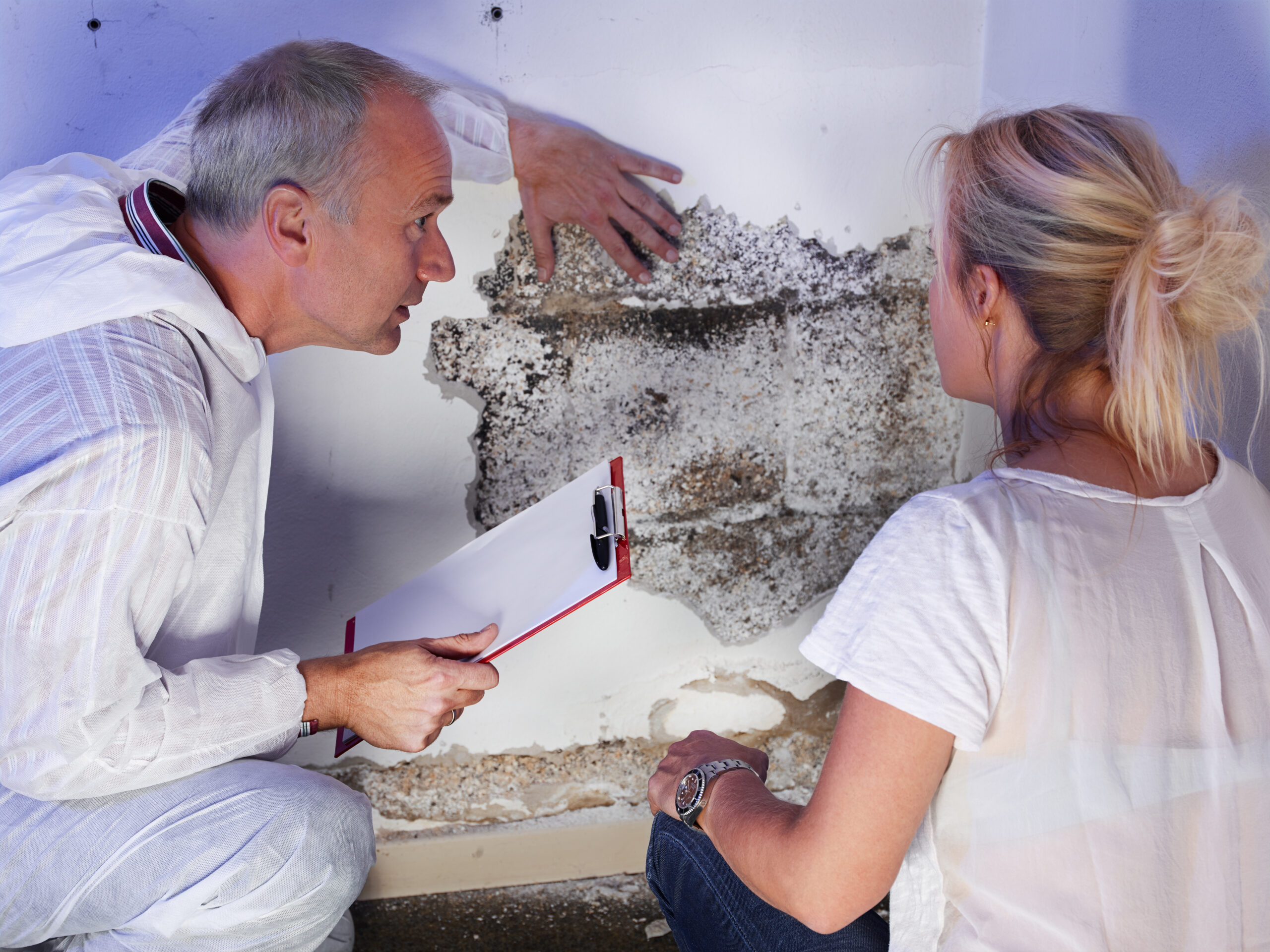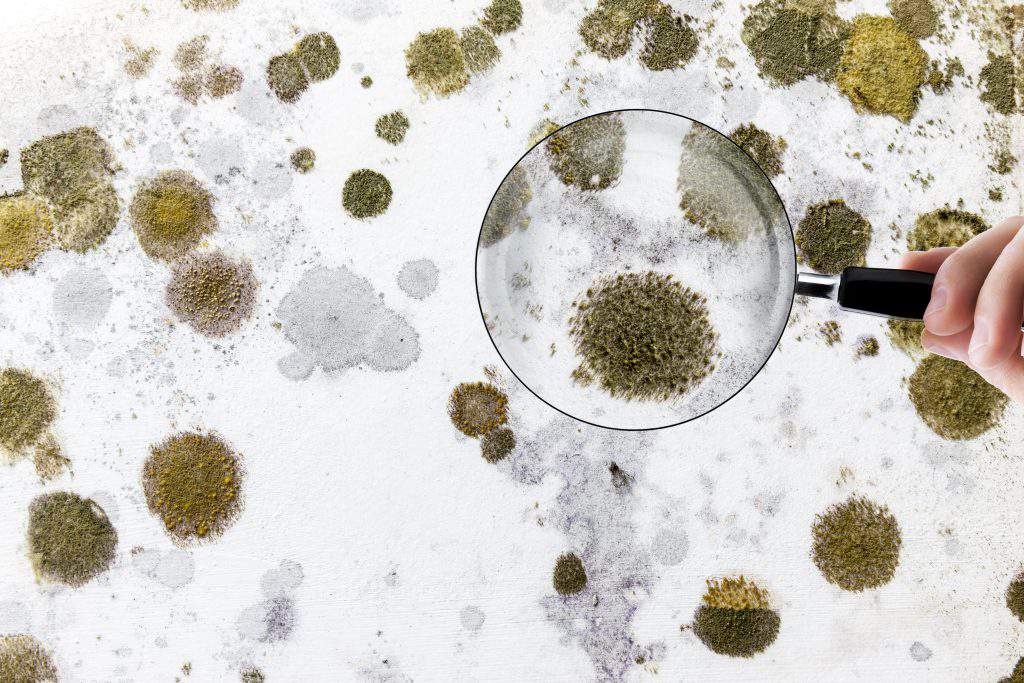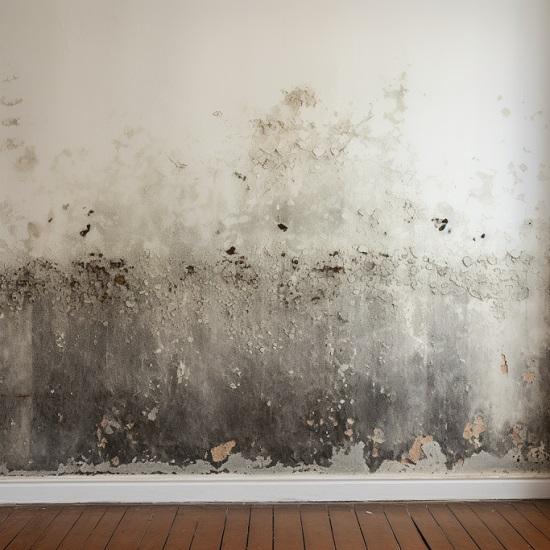After Mold Remediation Techniques for Clean Areas
After Mold Remediation Techniques for Clean Areas
Blog Article
Your Ultimate Overview to Article Mold And Mildew Removal Methods
Browsing the realm of post-mold remediation techniques is a thorough process that demands focus to information and a detailed understanding of the intricacies included. In the results of mold and mildew invasion, knowing how to successfully get rid of the mold and mildew and avoid its reoccurrence is paramount for keeping a healthy and balanced interior setting. From choosing the appropriate cleansing and disinfecting methods to applying strategies for long-term mold avoidance, each action in the removal trip plays a crucial function in ensuring a successful end result. As we start this exploration of post-mold remediation techniques, we will reveal the key strategies and best methods that can aid you recover your area to its pre-mold problem and guard it versus future mold and mildew dangers.
Understanding Post-Mold Remediation Process
After finishing the mold removal process, it is critical to understand the post-mold remediation methods that are required to make sure a complete and effective cleanup. Once the mold and mildew has been eliminated, the following action involves cleansing and decontaminating the influenced locations to avoid any type of regrowth of mold and mildew. This consists of using specialized cleaning agents to clean down surfaces and eliminate any staying mold spores. It is necessary to dry out the area totally to prevent the development of mold and mildew in the future (After mold remediation). Proper air flow and dehumidification can aid in this process.
Additionally, performing a last inspection post-remediation is important to ensure that all mold has actually been efficiently eradicated. If the evaluation exposes any kind of lingering mold, extra remediation might be necessary.
Efficient Cleaning Up and Disinfecting Methods

Preventing Future Mold And Mildew Growth

Significance of Proper Ventilation
Appropriate air flow plays an important duty in protecting against moisture buildup, a key aspect in mold development within indoor environments. Effective ventilation systems aid remove excess moisture from the air, minimizing the opportunities of mold spores locating the dampness they require to sprout and spread. Without sufficient air flow, indoor rooms can come to be a breeding ground for mold and mildew, resulting in prospective health and wellness dangers and structural damages.
By guaranteeing appropriate air circulation, ventilation systems can likewise assist in drying wet areas quicker after water damages or flooding events, better preventing mold growth. testing air quality after why not try here mold remediation. Precede like washrooms, cooking areas, cellars, and attic rooms where moisture degrees have a tendency to be higher, installing and maintaining reliable air flow systems is essential in protecting against mold and mildew problems

Monitoring and Maintenance Tips
Offered the important duty that correct ventilation plays in preventing mold growth, it is critical to establish reliable tracking and maintenance tips to ensure the continued capability of ventilation systems. Regular inspections of ventilation systems need to be performed to look for any indications of clogs, leaks, or malfunctions that can restrain appropriate air movement. Tracking humidity degrees within the residential property is also important, as high moisture can add to mold growth. Setting up a hygrometer can aid track humidity degrees and sharp property owners to any spikes that may call for focus. In addition, ensuring that air filters are regularly cleaned or replaced is important for keeping the effectiveness of the air flow system. Applying a timetable for regular maintenance jobs, such as air duct cleaning and cooling and heating system assessments, can help prevent issues before they escalate. By staying proactive and attentive to the problem of ventilation systems, homeowner can successfully minimize the risk of mold and mildew regrowth and maintain a healthy interior atmosphere.
Verdict
To conclude, post-mold removal strategies are important for ensuring a clean and safe atmosphere. Recognizing the procedure, executing reliable cleaning and decontaminating methods, avoiding future mold growth, maintaining appropriate air flow, and routine monitoring are all crucial action in the remediation process. By complying with these guidelines, you can effectively eliminate mold you can try these out and mildew and prevent its return, working or promoting a healthy living room for all residents.
In the consequences of mold and mildew problem, recognizing just how to properly get rid of the mold and prevent its reoccurrence is extremely important for preserving a healthy and balanced interior atmosphere. Once the mold has actually been gotten rid of, the following step involves cleansing and sanitizing the affected locations to stop any kind of regrowth of mold - Post Mold Remediation Report. After getting rid of noticeable mold development, it is vital to cleanse all surfaces in the afflicted location to eliminate any type of staying mold spores. To further enhance mold prevention measures, it is crucial to resolve underlying concerns that originally led to mold read this post here and mildew advancement.Offered the critical role that appropriate air flow plays in preventing mold growth, it is crucial to establish effective tracking and maintenance tips to guarantee the ongoing capability of air flow systems
Report this page